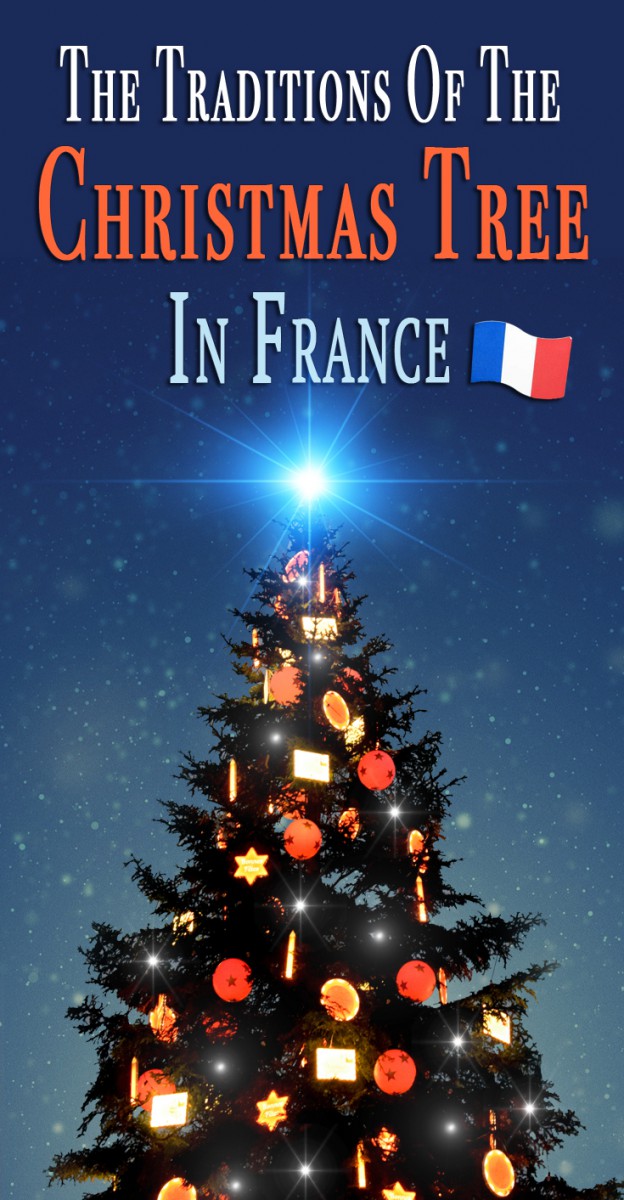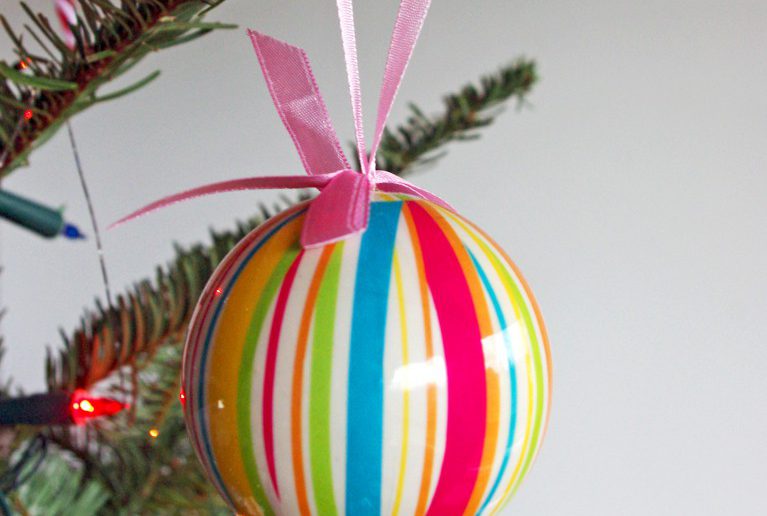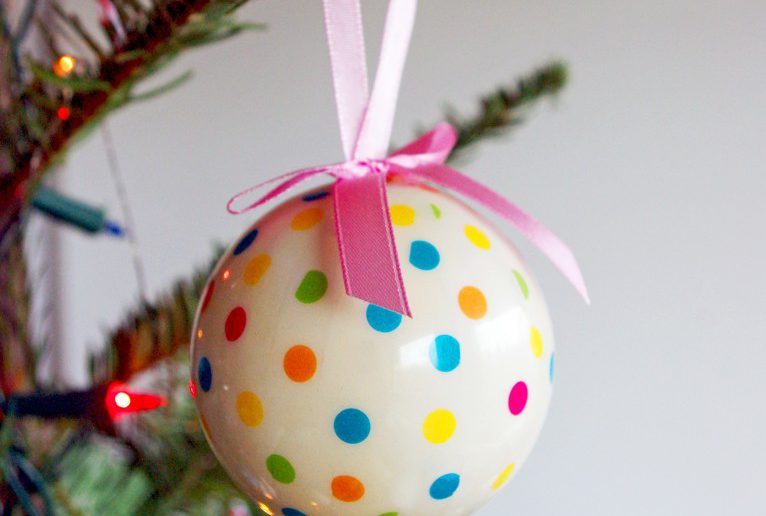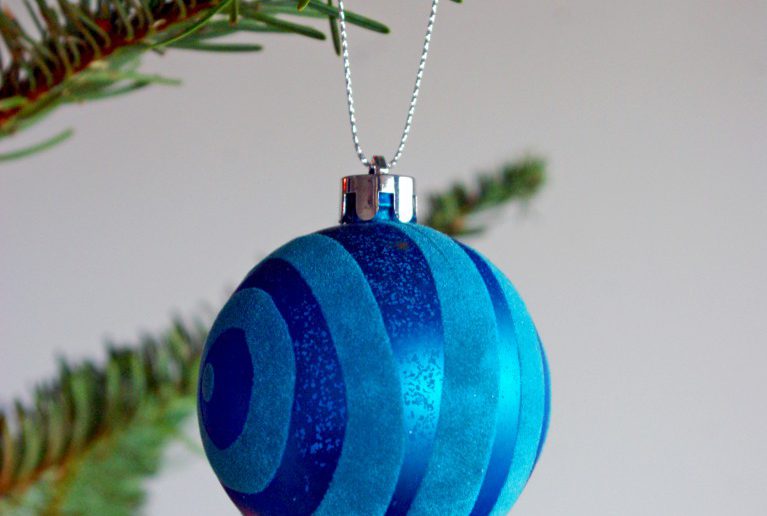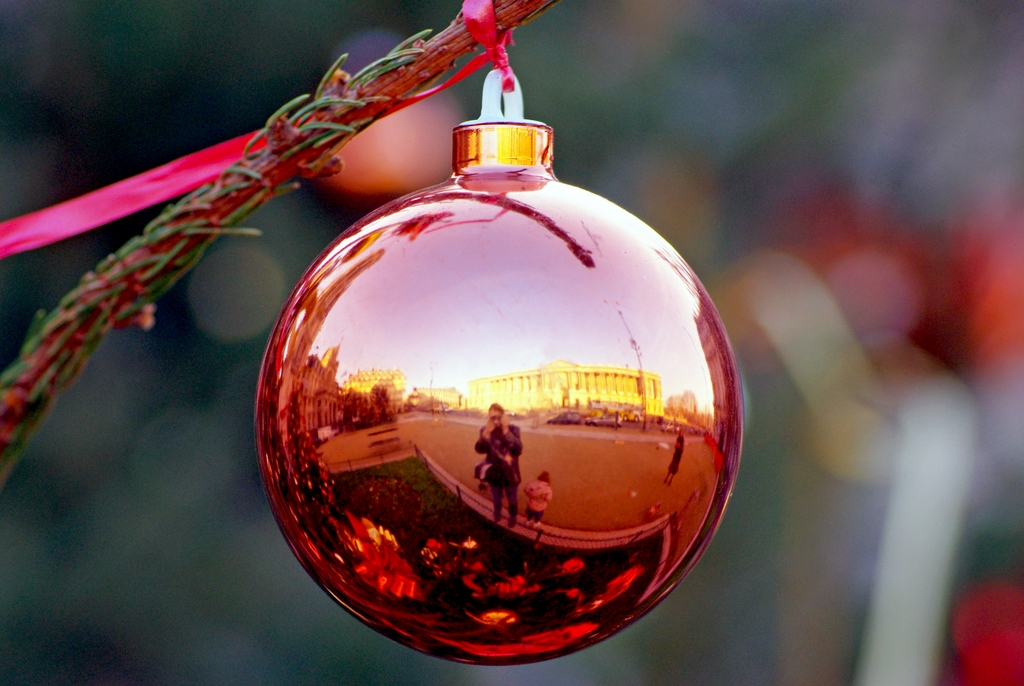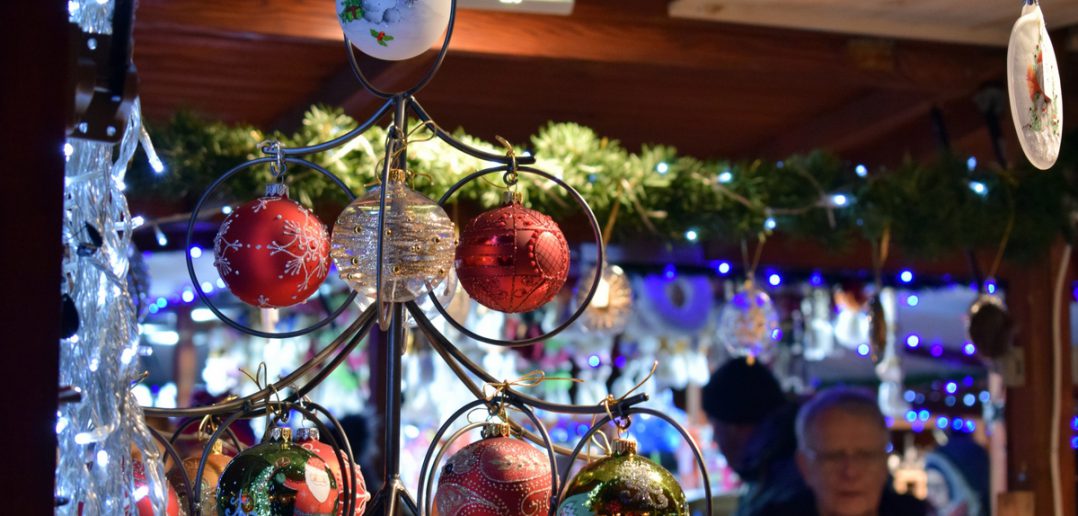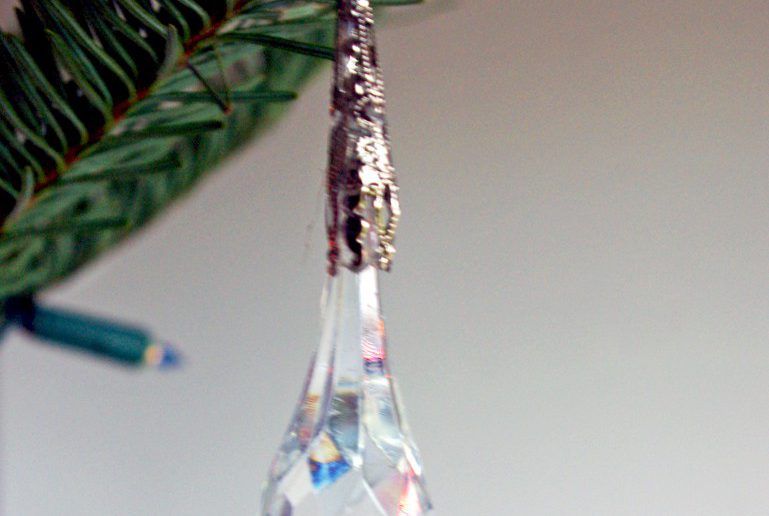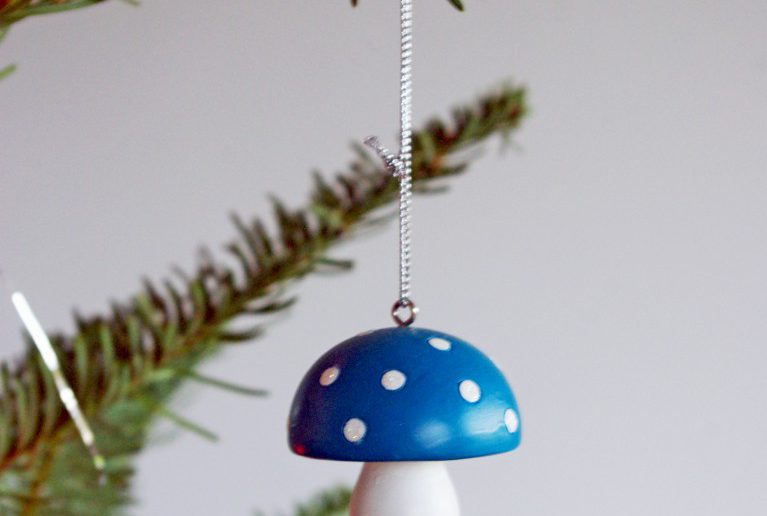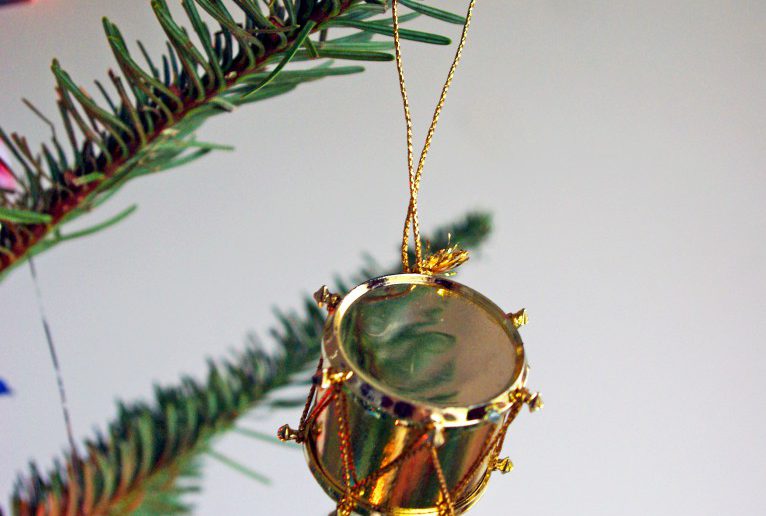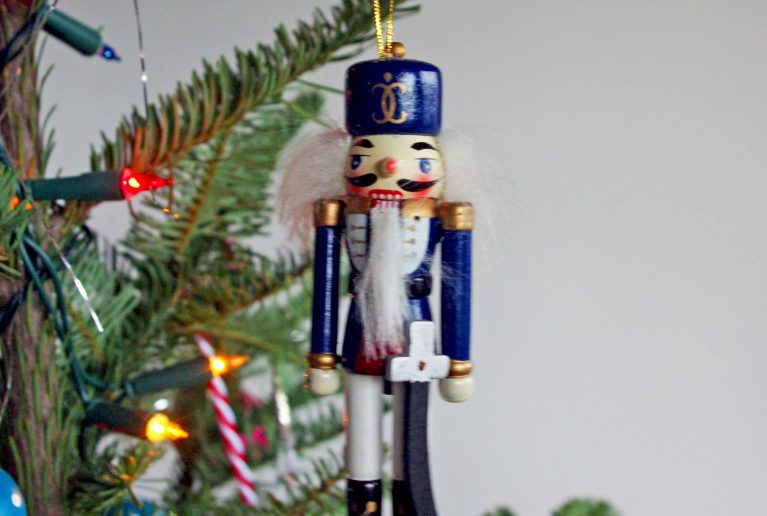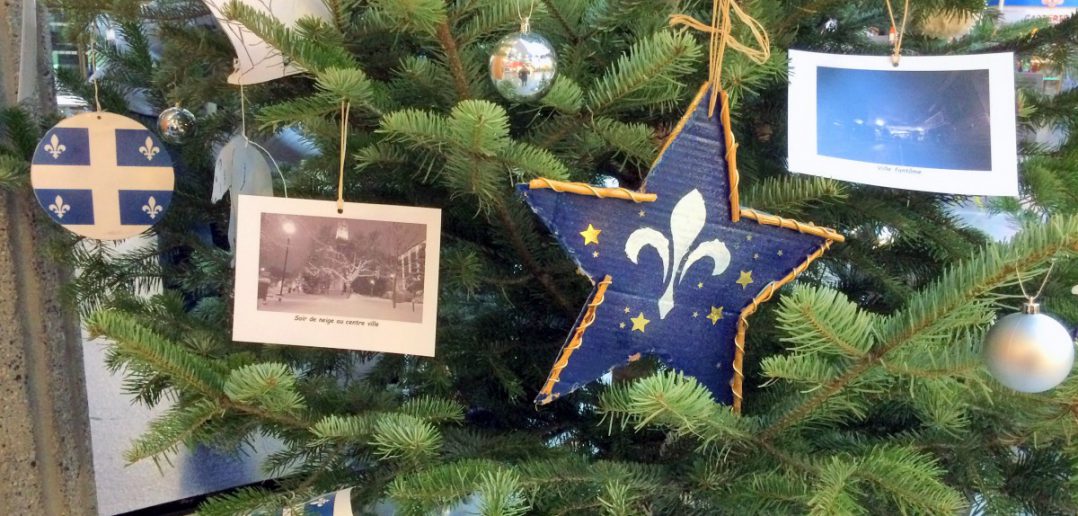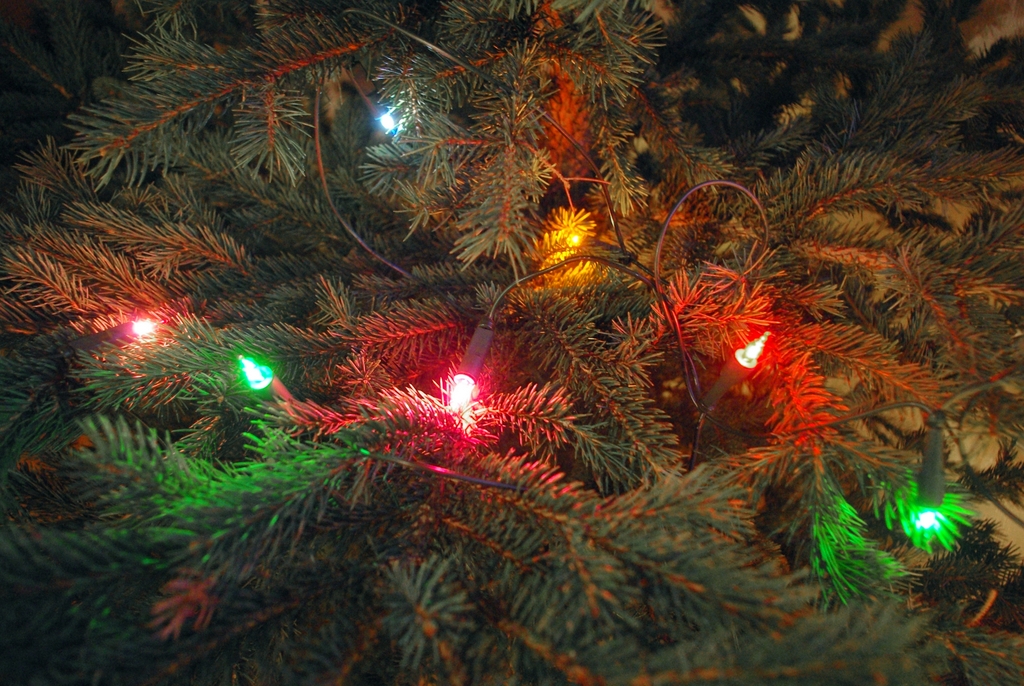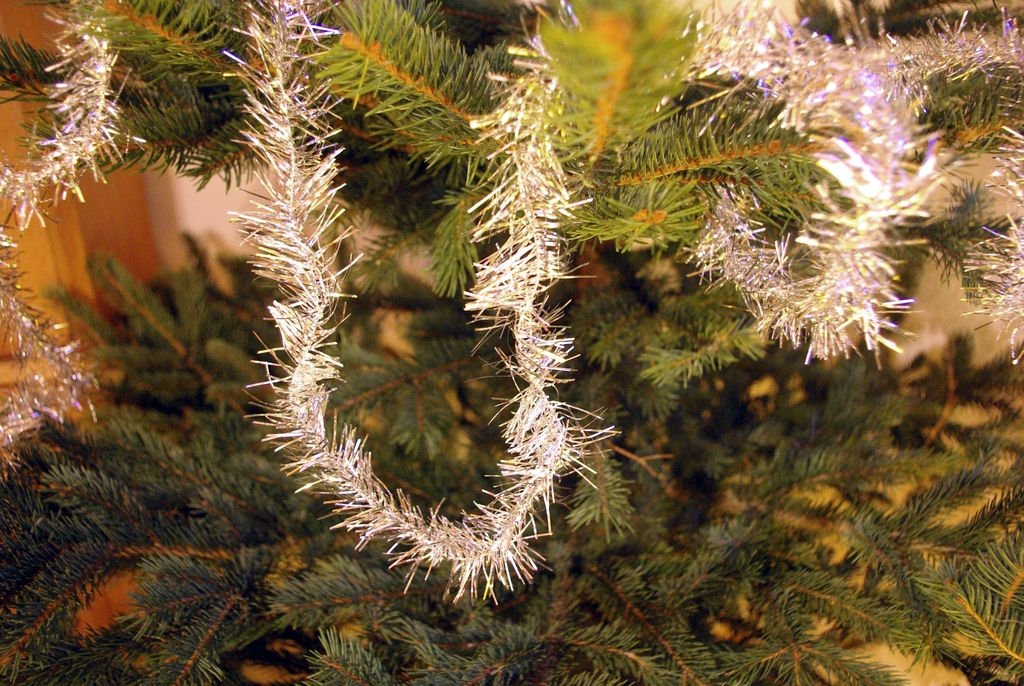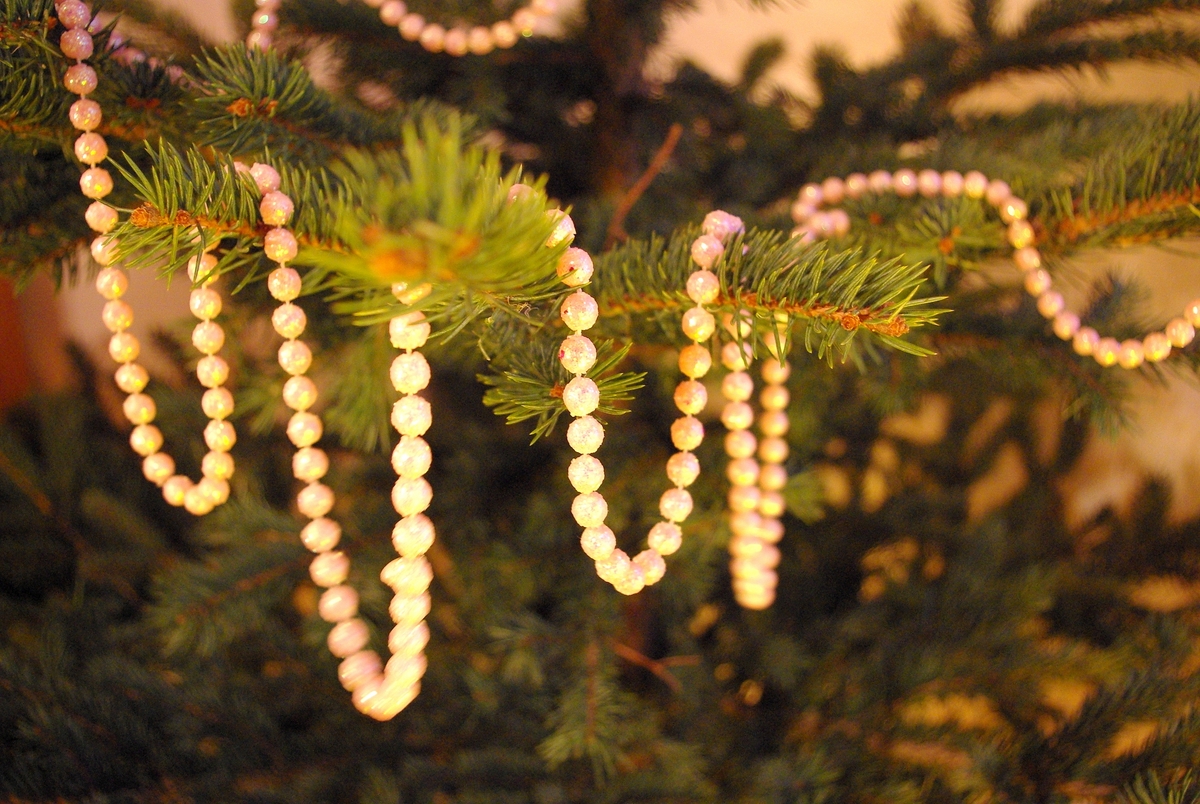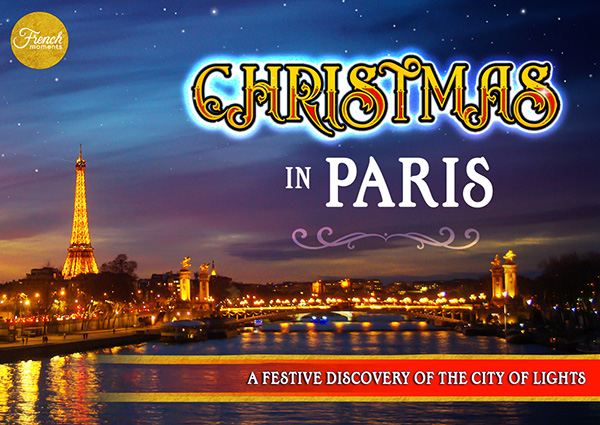With its bright lights and dazzling ornaments, the Christmas tree is one of the symbols of Christmas. In Alsace, the tradition of putting up a decorated tree at Christmas dates back to the 16th century at least. The tradition reached the court of the King of France in the 18th century. It landed in French homes in the first half of the 20th century. In this article, you’ll find a few French Christmas tree decorations that make the holiday season such an exciting time…
Christmas tree decorations: a bit of history
The earliest known Christmas tree ornaments were natural edible products such as apples and nuts. The red apples represented the forbidden fruit that Adam and Eve ate in the Garden of Eden (the symbol of temptation).
Cookies resembling wafers symbolised redemption. Progressively people used other ornaments such as homemade paper flowers, candies, dried cakes in the shape of characters, pine cones but also ribbons.
Many first decorations took the shapes of stars, hearts and flowers.
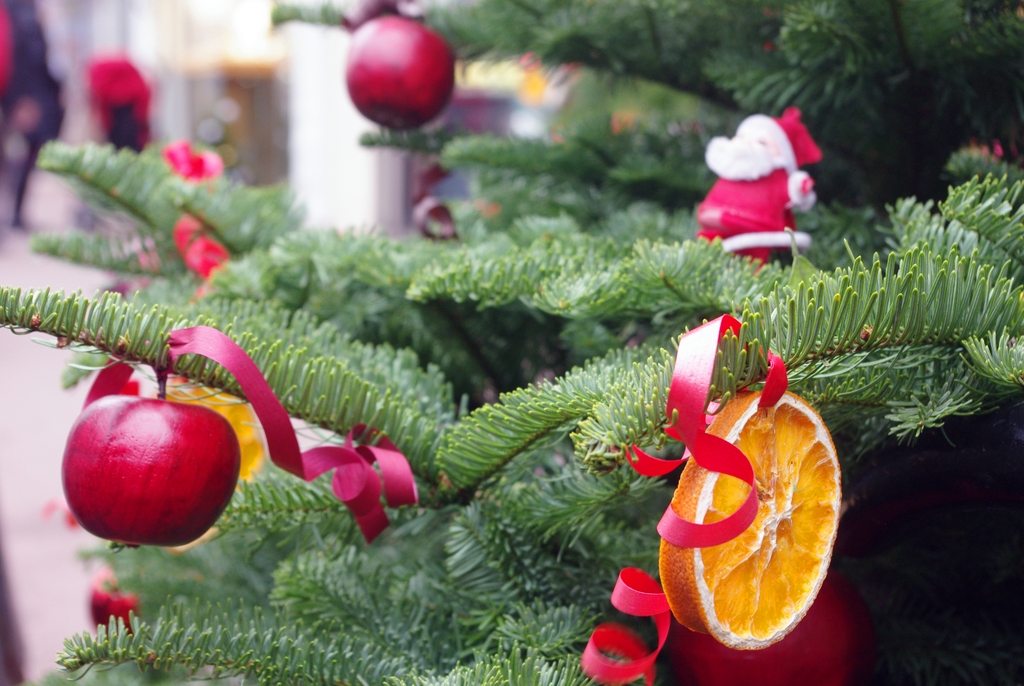
In 1847 a glassblower from the town of Lauscha in the German region of Thuringen had the idea to imitate the shapes of the fruits using his glass-blowing instruments. Thus he created the first glass baubles.
Legend has it that eleven years later, in 1858, a severe drought led to a poor harvest with no apples and other fruits in the Northern Vosges. Consequently, there was a shortage of Christmas decorations for the tree. A glassblower from the Lorraine village of Goetzenbruck near Meisenthal thought of the same idea, that is to create glass Christmas tree ornaments. The Meisenthal glasswork is still reputed today for the quality of its products.
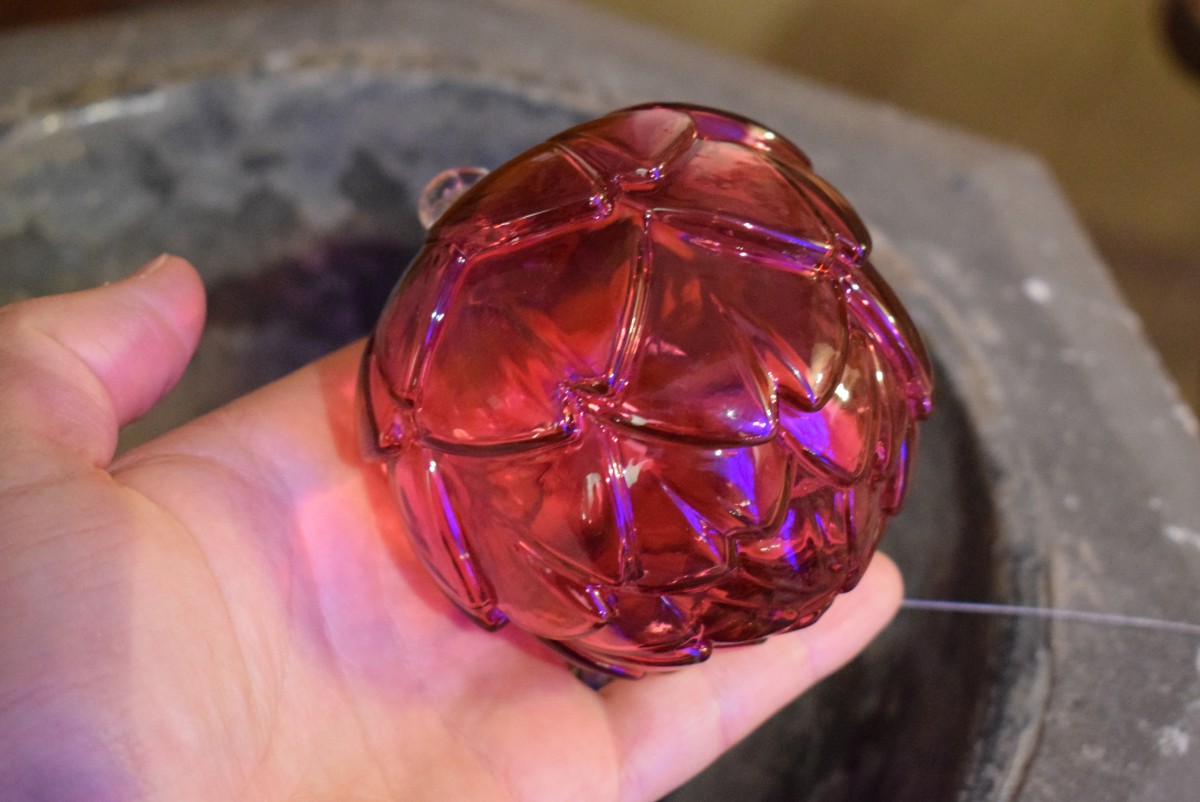
Christmas tree decorations

Today, there is an extensive range of ornaments on the stalls of Christmas markets and in department stores. The most expensive ones (and most fragile) are made of glass, while the cheapest are in plastic. Chocolate ornaments wrapped in foil are also extremely popular in France. Needless to say, children enjoy them very much!
Christmas Baubles – Boules de Noël
The baubles imitate the shape of the fruits that had originally been put on the tree from the 16th to the 19th centuries.
Lametta (Cheveux d’ange)
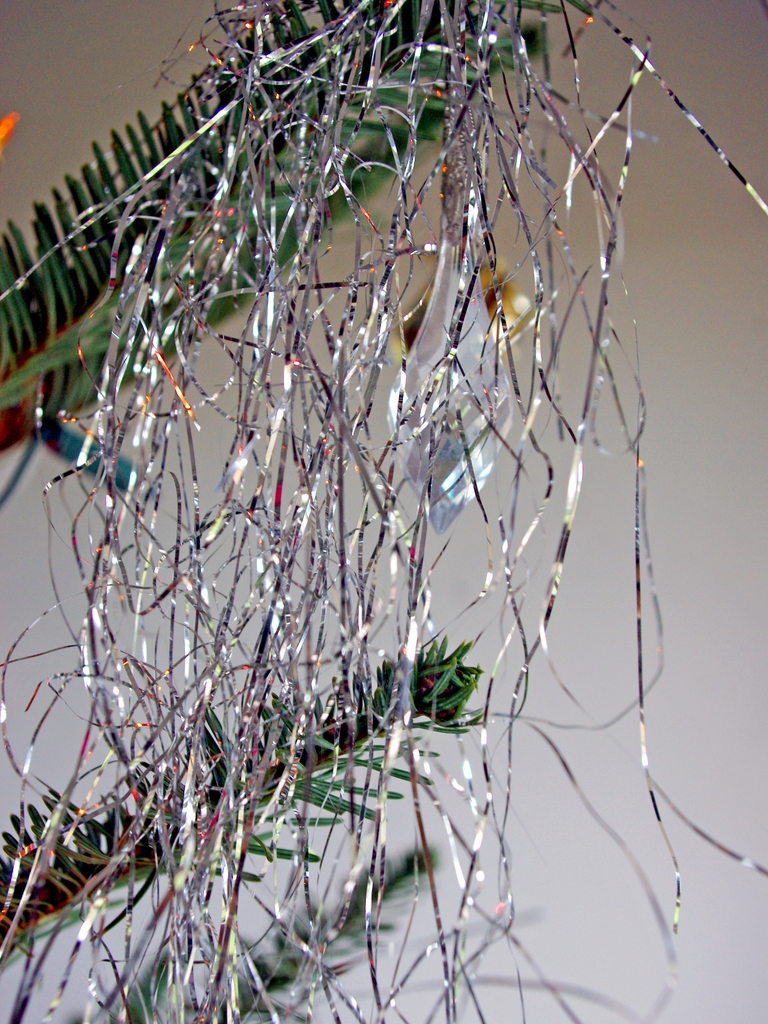
In the 15th century, craftsmen in Lyon came up with this ancient decoration: ‘lametta’. Its metal fringes evoke angels’ hair. They illuminate the fir tree with their silver or gold. Legend has it that soldiers’ gallons inspired the glittering decoration. French people called them ‘cheveux d’ange‘.
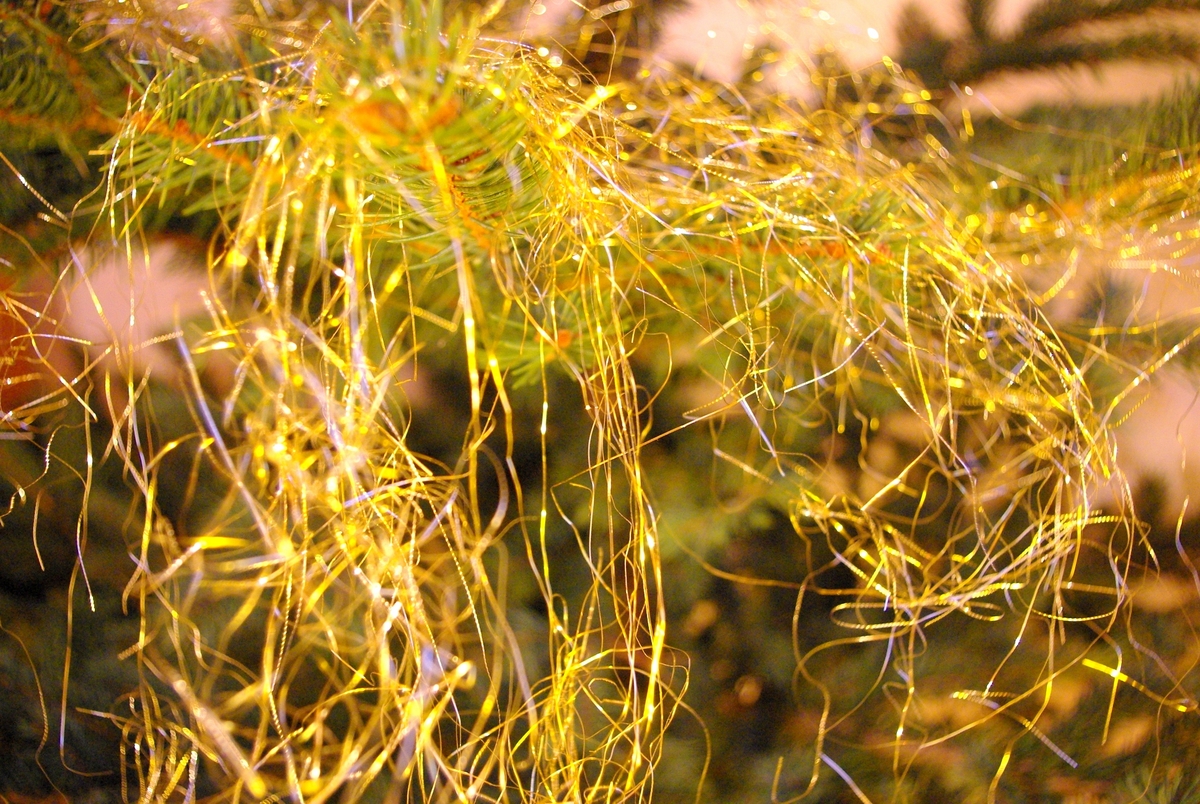
Tinsel (Guirlande)
Originating in Germany in around 1610, tinsel used to be made of real silver. But as silver tarnishes over time, artificial tinsel – as we know them – later appeared. In Alsace, it is quite fashionable to decorate Christmas trees with pearl tinsel.
More recently fairy lights have become the norm. Whether white or multicoloured they animate the tree.
Candles (Bougies)
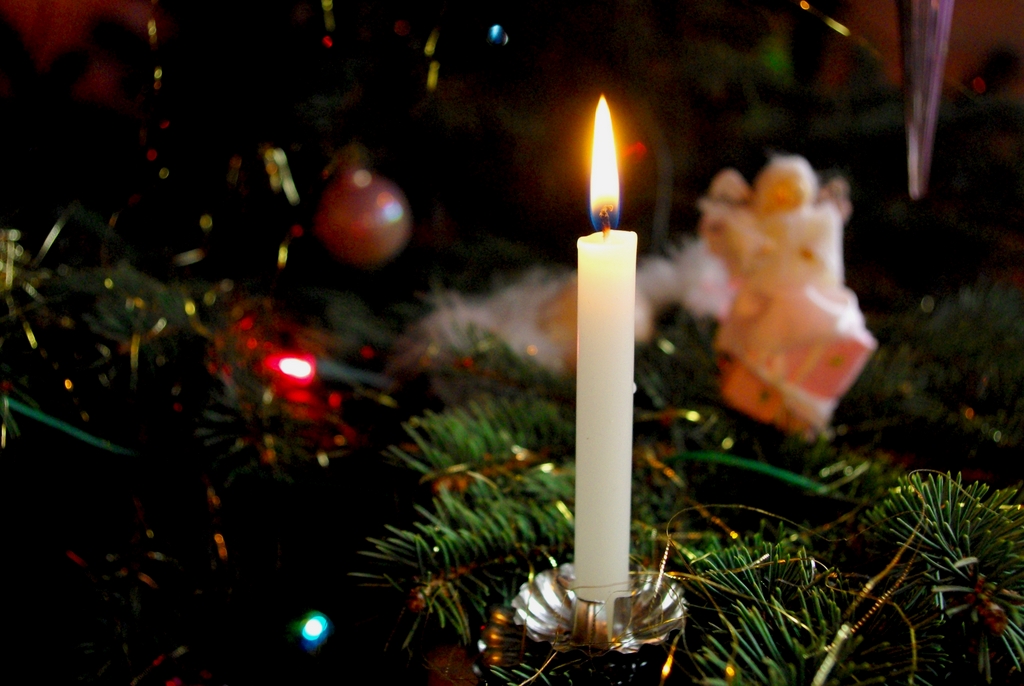
According to tradition, 12 candles must be lit on each Christmas tree, one representing each month of the year.
In Germany, between the 17th and 19th centuries, candles illuminated the trees. However the wax was too expensive, thus people came up with other techniques to recreate this lighting effect.
Sometimes flexible candles were knotted around the branches or nutshells were filled with oil. Since then, the system has evolved somewhat and iron wire or clips are used to attach decorations to trees. In order to limit the risk of fires, fake electrical candles have almost entirely replaced wax ones.
The top of a Christmas tree: Christmas tree toppers
Nowadays, in addition to the usual baubles and tinsel, we traditionally place a golden star on the top of the tree, symbolising the Bethlehem star. The star also represents the one that the three Wise Men followed to find the baby Jesus. The star is also a symbol of light. Alternatively, French Christmas trees can sometimes be topped with a ‘cimier oriental‘ or ‘pic‘ (finial) or an angel.
At the top of a Christmas tree are:
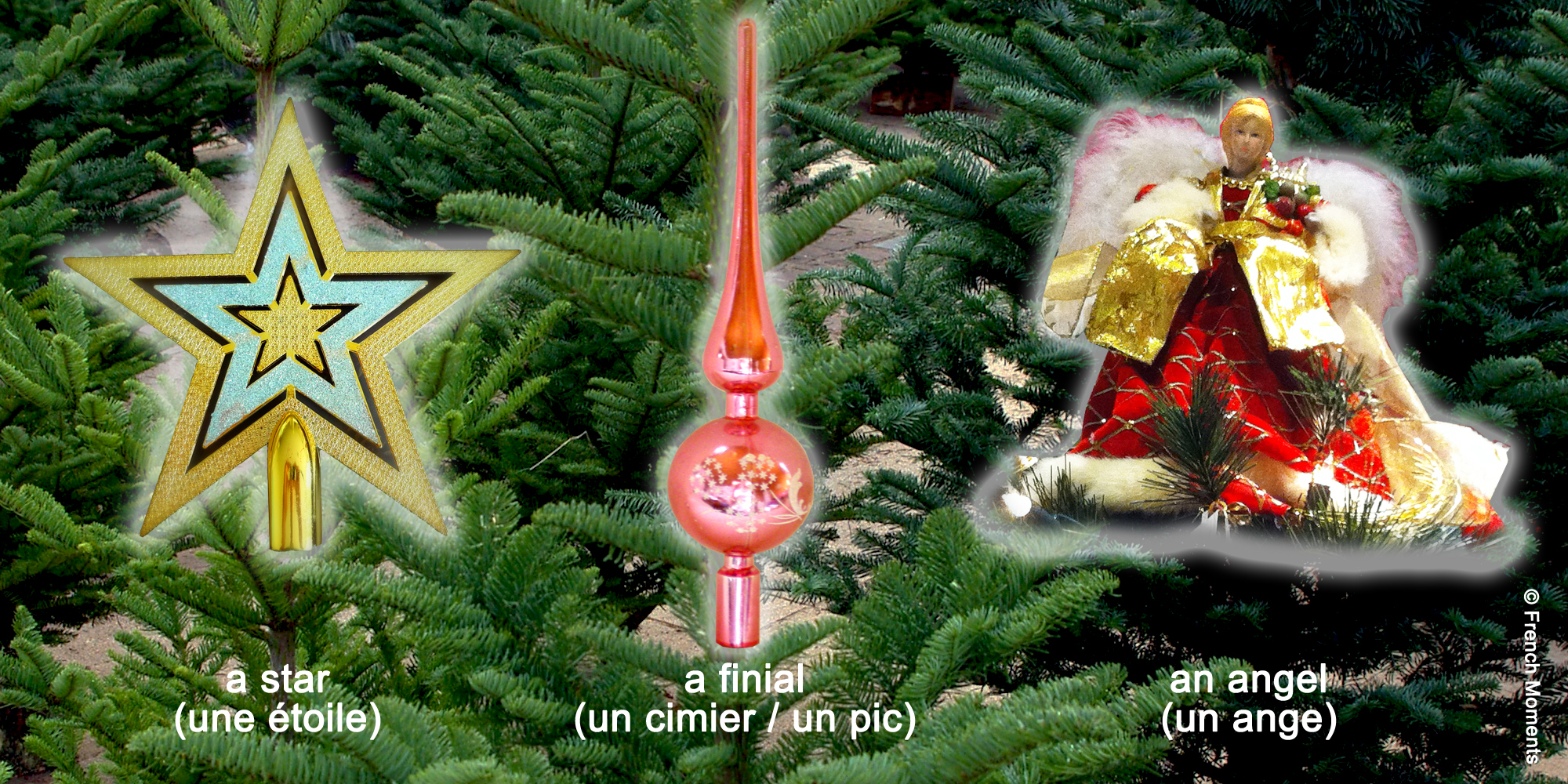
- a Christmas Star (une étoile)
- a finial (un Cimier oriental / un pic) or
- a Christmas angel (un ange)
Did you know? You can also read this article in French on our blog Mon Grand-Est!
Advice for a successfully decorated tree
The position of a Christmas tree in a room needs to be carefully considered. It needs to stand in a stable place, where passing people won’t brush against it. It is essential to ensure it is not placed too close to a source of heat and to be extra careful if you intend to use real candles to decorate it.
When decorating your Christmas tree:
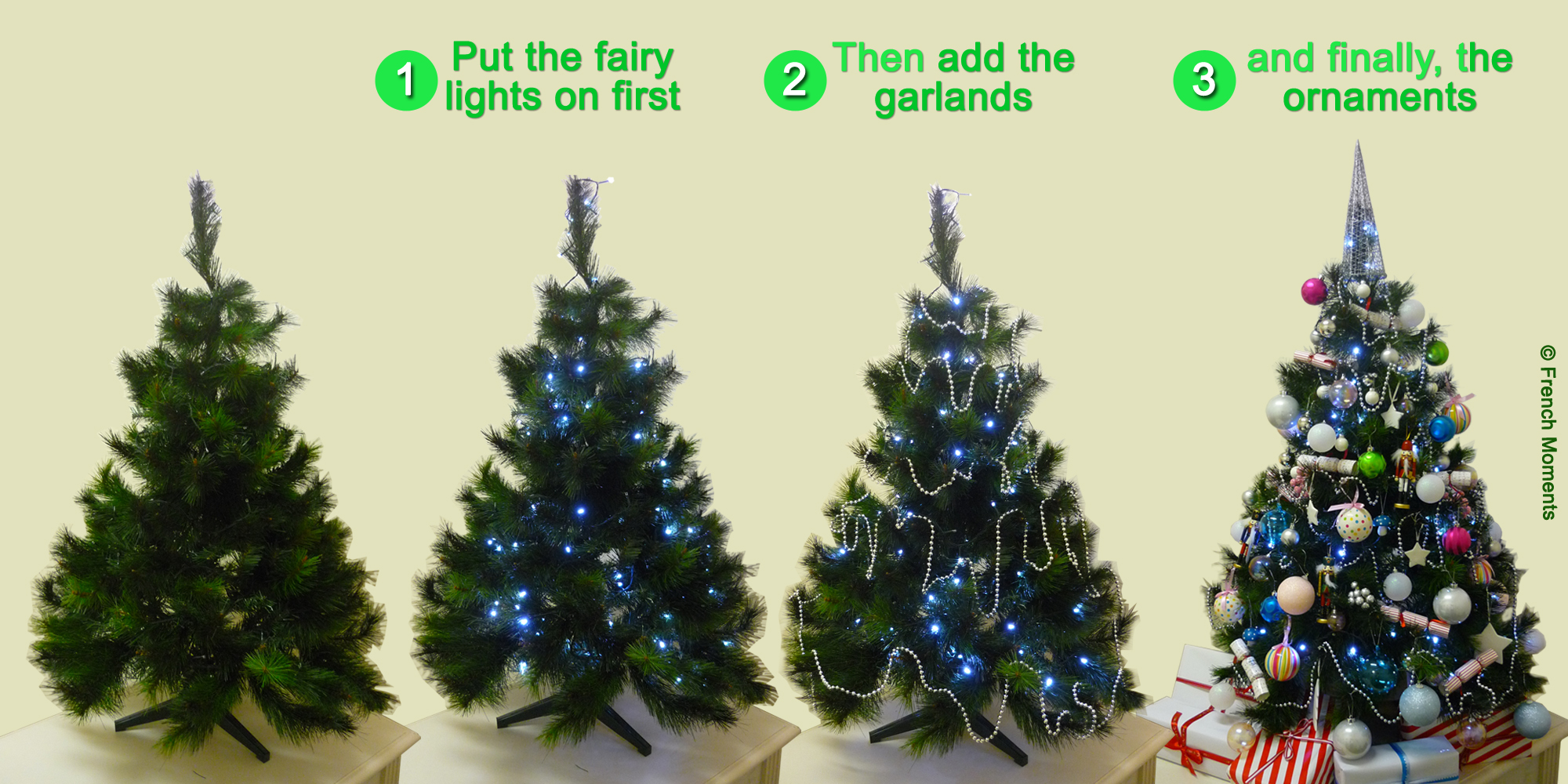
The lights should be arranged on the branches near the base of the tree. Weave strings of lights along the branches towards the inside of the tree then move back to the outer edges of the branches and upwards.
Try to avoid hanging your ornaments right on the tips of the branches as they may fall, due to their weight. Placing ornaments and other decorations ‘inside’ your tree (that is, towards the inside of the branches) add depth and make it ravishing.
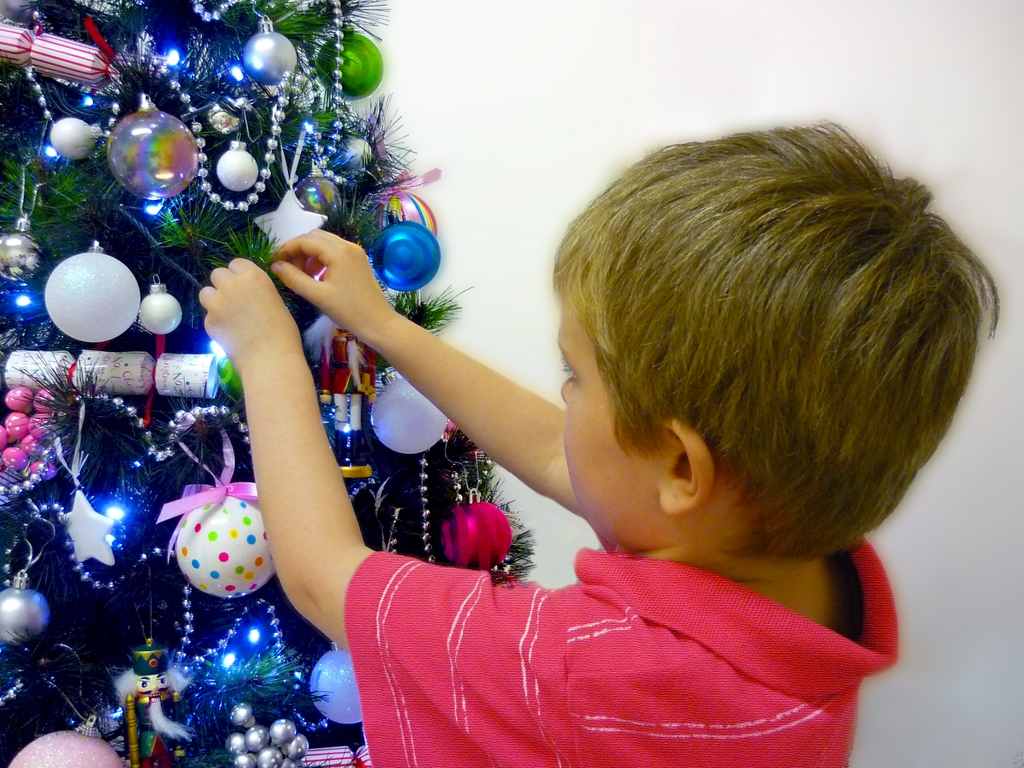
Place your ornaments without too much order and symmetry, and arrange them evenly around the tree, varying their shapes and colours. Place the larger ornaments towards the bottom, the smaller towards the top.
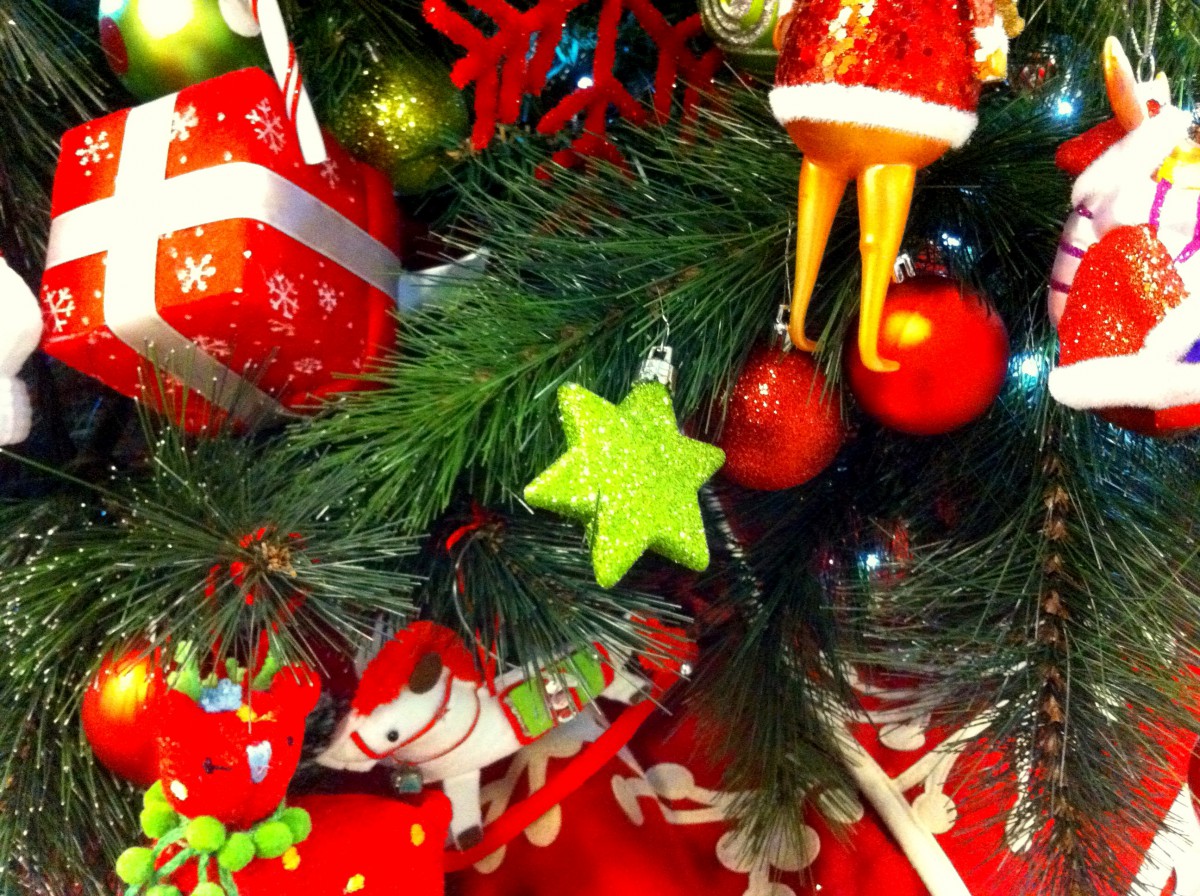
A tasteful tree is generally not multi-coloured. Limit your main decoration colours to just two or three: it could be a mix of gold, green and red (the traditional colours of Christmas), pink and gold or blue and silver, for example.
If you believe tinsel adds an unnecessary weight or thickness to your tree, you can always adopt the Alsatian/German tradition and replace it with ‘Cheveux d’Ange’.
French Christmas Trees Video
A photo montage of Christmas trees in France (Paris and North-East):
Pin it for later
Liked what you read? Pin it on Pinterest:
